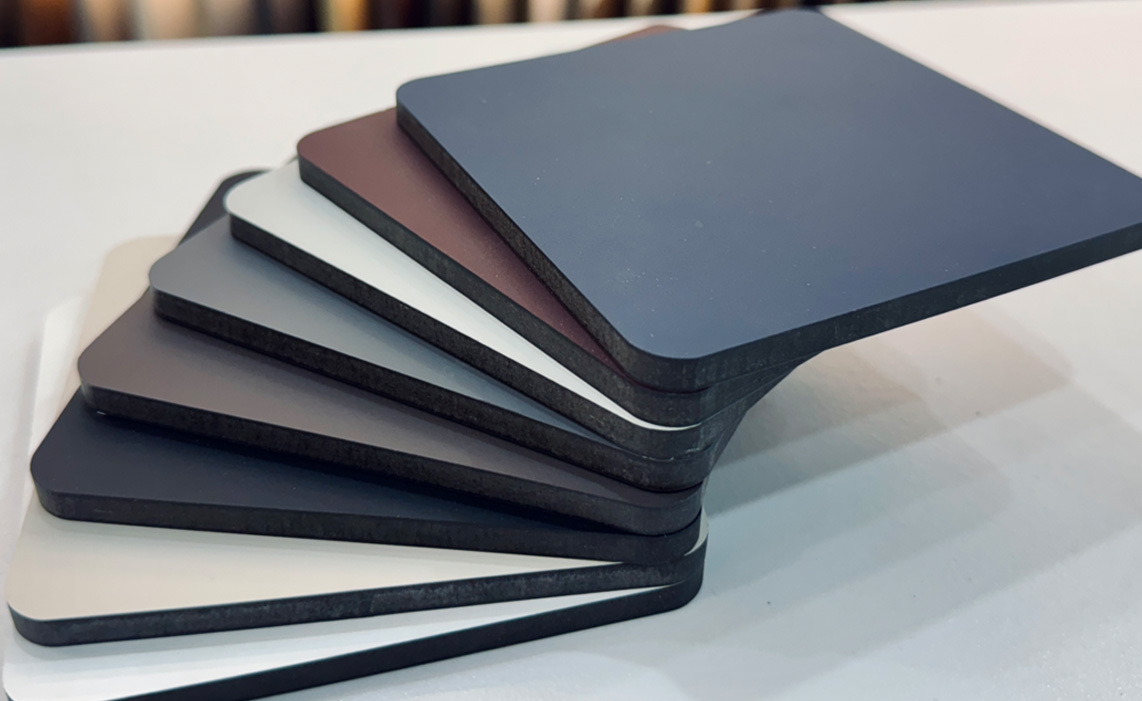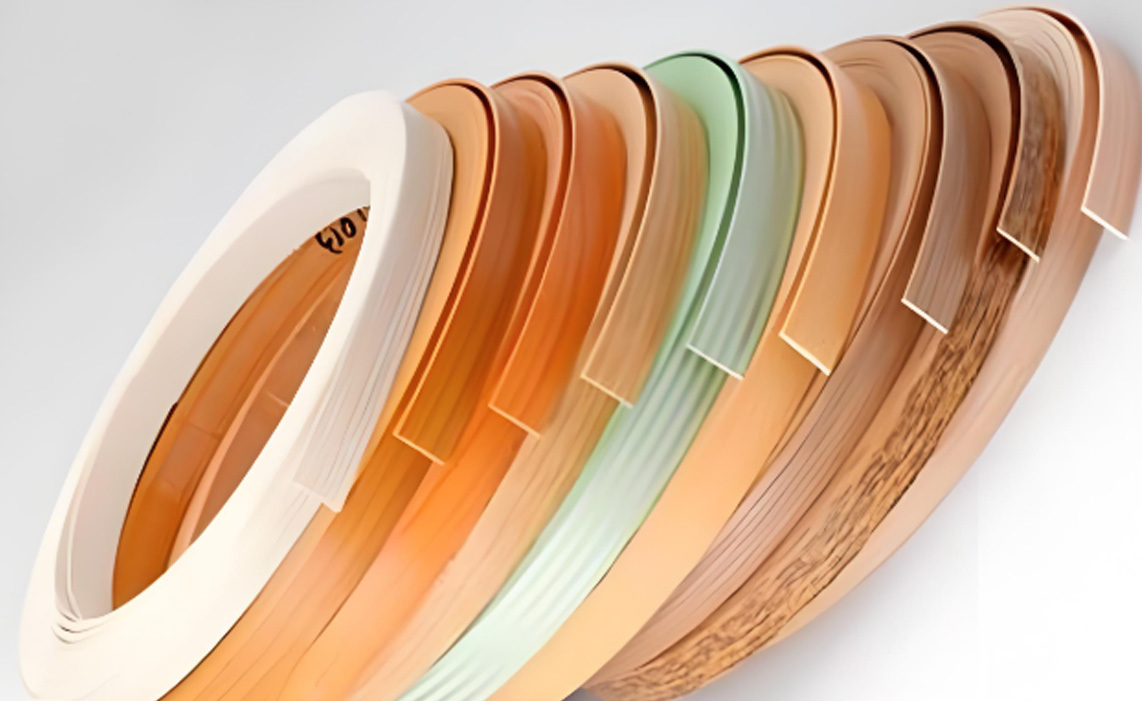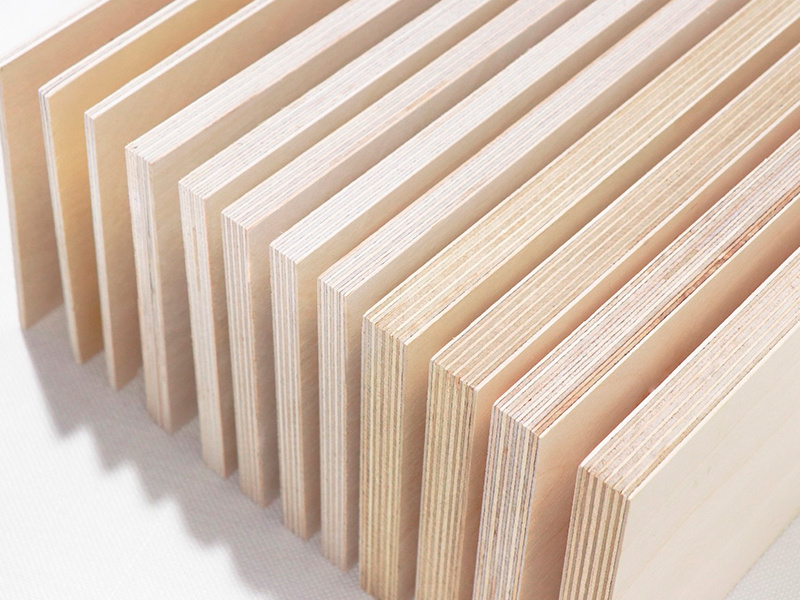The Benefits of Using Eco-Friendly Surface Materials in Construction
The Benefits of Using Eco-Friendly Surface Materials in Construction Table of Contents Introduction to Eco-Friendly Surface Materials Environmental Impact of Traditional Materials What Are Eco-Friendly Surface Materials? Advantages of Using Eco-Friendly Surface Materials 1. Sustainability and Resource Conservation 2. Health Benefits for Occupants
Release time:
30 Sep,2025
The Benefits of Using Eco-Friendly Surface Materials in Construction
Table of Contents
- Introduction to Eco-Friendly Surface Materials
- Environmental Impact of Traditional Materials
- What Are Eco-Friendly Surface Materials?
- Advantages of Using Eco-Friendly Surface Materials
- 1. Sustainability and Resource Conservation
- 2. Health Benefits for Occupants
- 3. Aesthetic Appeal and Design Flexibility
- 4. Energy Efficiency and Cost Savings
- 5. Increased Property Value
- Popular Eco-Friendly Surface Materials
- How to Implement Eco-Friendly Materials in Your Project
- Case Studies of Successful Eco-Friendly Constructions
- Frequently Asked Questions
- Conclusion
Introduction to Eco-Friendly Surface Materials
In recent years, the construction industry has undergone a significant transformation, driven by a growing awareness of sustainability and environmental responsibility. The use of **eco-friendly surface materials** has emerged as a key aspect of this shift, offering numerous advantages for builders, homeowners, and the planet. These materials not only reduce the ecological footprint of construction projects but also create healthier living environments for occupants.
This article will explore the benefits of using eco-friendly surface materials in construction, examine popular options available today, and provide guidance on implementing these materials in your projects.
Environmental Impact of Traditional Materials
Traditional construction materials, such as concrete, brick, and certain types of wood, often come with considerable environmental costs. The **extraction, production, and transportation** of these materials contribute to greenhouse gas emissions, habitat destruction, and resource depletion. In fact, the construction industry is responsible for a significant portion of global emissions, making the transition to sustainable alternatives all the more urgent.
Using conventional materials can also result in pollutant emissions during their lifecycle, harming air quality and contributing to health issues. This creates a pressing need for solutions that mitigate these impacts while meeting the demands of modern construction.
What Are Eco-Friendly Surface Materials?
Eco-friendly surface materials are products designed and manufactured with minimal environmental impact. They are often derived from renewable resources, recycled materials, or sustainably harvested sources. These materials prioritize **safety, energy efficiency, and waste reduction**, making them more suitable for environmentally-conscious construction practices.
Examples include bamboo flooring, reclaimed wood, recycled glass countertops, and low-VOC (volatile organic compounds) paints. Each of these options not only serves as a functional surface but also contributes to a healthier ecosystem.
Advantages of Using Eco-Friendly Surface Materials
The adoption of eco-friendly surface materials in construction offers several key advantages that benefit builders, homeowners, and the environment alike.
1. Sustainability and Resource Conservation
One of the primary benefits of eco-friendly materials is their sustainable nature. Many of these products are sourced from renewable materials or recycled components, reducing the reliance on finite resources. This not only helps in preserving the planet's natural resources but also promotes a circular economy where materials are reused and repurposed rather than discarded.
2. Health Benefits for Occupants
Eco-friendly surface materials often contain fewer harmful chemicals than their conventional counterparts. For example, low-VOC paints and finishes contribute to better indoor air quality, reducing the risk of respiratory problems and allergies among occupants. Additionally, natural materials such as wood and stone can create a more comfortable and aesthetically pleasing environment, enhancing overall well-being.
3. Aesthetic Appeal and Design Flexibility
Sustainable materials do not compromise on beauty or functionality. From striking bamboo flooring to elegant recycled glass countertops, eco-friendly options offer diverse design possibilities. This flexibility allows architects and designers to create stunning spaces that align with their vision while promoting sustainable practices.
4. Energy Efficiency and Cost Savings
Many eco-friendly materials are designed to improve energy efficiency. For instance, insulated concrete forms (ICFs) provide excellent thermal insulation, reducing heating and cooling costs over time. By lowering energy consumption, these materials can lead to significant cost savings for homeowners and businesses.
5. Increased Property Value
Properties constructed with eco-friendly materials often have higher resale values. As buyers increasingly prioritize sustainability and energy efficiency, green buildings are becoming more attractive in the real estate market. Investing in eco-friendly surface materials can thus yield long-term financial benefits.
Popular Eco-Friendly Surface Materials
The market for eco-friendly surface materials continues to expand, with innovative products emerging regularly. Some popular options include:
- **Bamboo Flooring**: A renewable resource that grows quickly and is highly durable.
- **Reclaimed Wood**: Salvaged from old buildings, providing unique character while reducing deforestation.
- **Recycled Glass**: Used in countertops and tiles, offering a vibrant aesthetic while diverting waste from landfills.
- **Cork**: Harvested from the bark of cork oak trees, providing natural insulation and soundproofing.
- **Low-VOC Paints**: Minimize harmful emissions while maintaining vibrant color options.
Each of these materials showcases the potential of sustainable options in modern construction.
How to Implement Eco-Friendly Materials in Your Project
Implementing eco-friendly surface materials in construction requires careful planning and consideration. Here are key steps to ensure successful integration:
1. **Research and Assess**: Identify eco-friendly materials that align with your project goals. Research their performance, availability, and certifications.
2. **Consult Professionals**: Engage with architects, contractors, and suppliers who specialize in sustainable building practices.
3. **Budget Wisely**: Determine the cost implications of using eco-friendly materials and explore potential incentives or rebates for sustainable construction.
4. **Educate Stakeholders**: Involve all project stakeholders, including clients and contractors, in discussions about the benefits of using eco-friendly materials.
5. **Monitor and Evaluate**: Once materials are implemented, continuously assess their performance and impact. Adjust your approach as needed to optimize sustainability.
Case Studies of Successful Eco-Friendly Constructions
Numerous construction projects worldwide have embraced eco-friendly surface materials with success. Here are two notable examples:
- **The Bullitt Center, Seattle**: Often dubbed the greenest commercial building in the world, it features sustainably sourced wood, recycled materials, and advanced energy-efficient systems, exemplifying the benefits of eco-friendly construction.
- **The Edge, Amsterdam**: This office building employs extensive use of recycled materials and natural ventilation systems, promoting sustainability while creating an attractive workspace.
These projects highlight the potential of eco-friendly materials to redefine the construction landscape.
Frequently Asked Questions
1. What are eco-friendly surface materials?
Eco-friendly surface materials are sustainable products used in construction that minimize environmental impact, often derived from renewable resources or recycled materials.
2. What are the benefits of using eco-friendly materials in construction?
Benefits include sustainability, health advantages for occupants, aesthetic appeal, energy efficiency, and increased property value.
3. Are eco-friendly materials more expensive than traditional materials?
While some eco-friendly materials may have higher upfront costs, long-term savings on energy bills and increased property value can offset these initial expenses.
4. Can eco-friendly materials be used in all types of construction projects?
Yes, eco-friendly materials are versatile and can be incorporated into residential, commercial, and industrial projects.
5. How can I find eco-friendly surface materials for my construction project?
Research local suppliers, consult with green building professionals, and explore online resources dedicated to sustainable building materials.
Conclusion
The shift towards eco-friendly surface materials in construction is not just a trend; it signifies a commitment to sustainability and responsible building practices. By understanding the benefits of these materials and their positive impact on the environment and human health, builders and homeowners can make informed decisions that contribute to a better future. Embracing eco-friendly options not only enhances the aesthetic and functional qualities of buildings but also aligns with a growing global movement towards sustainability. As the construction industry continues to evolve, leveraging eco-friendly materials will play a crucial role in shaping a healthier, more sustainable world for generations to come.
Latest Blog
30 Sep,2025
The Benefits of Using Eco-Friendly Surface Materials in Construction
The Benefits of Using Eco-Friendly Surface Materials in Construction Table of Contents Introduction to Eco-Friendly Surface Materials Environmental Impact of Traditional Materials What Are Eco-Friendly Surface Materials? Advantages of Using Eco-Friendly Surface Materials 1. Sustainability and Resource Conservation 2. Health Benefits for Occupants
Read More →29 Sep,2025
The Versatility and Benefits of PVC Edge Banding in Modern Interior Design
PVC Edge Banding is a type of material used to cover the exposed edges of particle board or MDF (Medium Density Fiberboard). This decorative and protective strip is particularly popular in the construction and decoration industry due to its versatility and functionality. One of the primary benefits of PVC Edge Banding is its ability to provide a seamless finish to furniture and cabinetry, enhancin
Read More →28 Sep,2025
Why Laminated Boards Are Becoming a Must-Have in Interior Design
Why Laminated Boards Are Becoming a Must-Have in Interior Design Table of Contents Introduction to Laminated Boards in Interior Design What Are Laminated Boards? Benefits of Using Laminated Boards in Interior Design Durability and Resilience Aesthetic Appeal Cost-Effectiveness Eco-Friendliness Applications of L
Read More →Contact Us
Sales manager SUNNY LIU
+86 15751150508 (wechat、whatsapp)
E-mail: Sunny@devandecor.com
Add: NO.8 DONGHUAN RD,HENGLIN TOWN,WUJIN DISTRICT, CHANGZHOU ,JIANGSU,CHINA
Copyright © 2025 Changzhou Defan New Materials Co., Ltd. All rights reserved. www.300.cn SEO
Subscribe our newsletter
Welcome to leave us a message, we will reply to you as soon as possible



